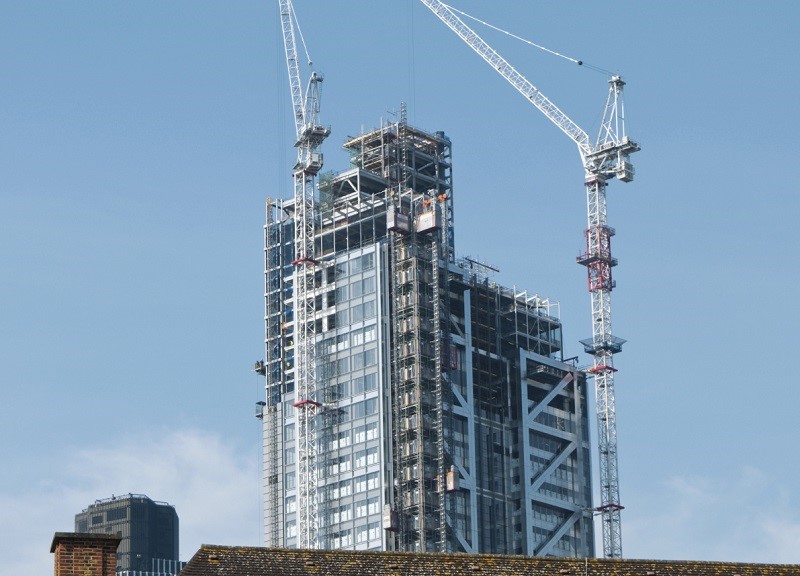Max Fordham Carpenters Estate Neighbourhood Plan
Engineering consultancy Max Fordham worked with the EngEx to assess the Greater Carpenters Neighbourhood Plan against their Sustainability Matrix

14 July 2017
The problem
According to the Royal Town Planning Institute (RTPI), ‘neighbourhood planning’, introduced by the Localism Act 2011, is a process by which communities can contribute to development in their area through the Local Plan.
The Greater Carpenters Neighbourhood Forum (GCNF) developed a Neighbourhood Plan which covers the Greater Carpenters area within the London Legacy Development Corporation planning authority. The GCNF Neighbourhood Plan outlines key planning policies and principles based on community and stakeholder needs and values.
However, the GCNF assessed that the Plan would be strengthened by more rigorous sustainability evaluation and further detail in some areas.
Our solution
The EngEx had previously worked with the GCNF on student projects related to neighbourhood planning (read more), and the GCNF approached the EngEx with the aim of gaining support around analysis of refurbishment costs, and to provide data required to take forward development of a master plan for the area.
The EngEx approached London-based building services engineering and environmental design consultancy Max Fordham to undertake the sustainability evaluation for the GCNF. Max Fordham staff have specialised knowledge in environmental design, sustainability assessment and benchmarking.
The aim of the project was to review the Greater Carpenters Neighbourhood Plan prior to formal consultation, and to provide benchmarking of the elements of the plan against existing planning policies and best practice. It also identified areas that would benefit from further detailed development.
The specific objectives were:
- Map the Greater Carpenters Neighbourhood Plan and LLDC planning policy requirements against the Max Fordham Sustainability Matrix;
- Review the relative strengths and weaknesses of the plan in relation to best practice for sustainable masterplanning; and
- Outline areas where the plan could benefit from further detail and evidence, particularly in relation to the energy strategy.
Outputs
The main project outcome was a short report addressing:
- The outcomes of the Sustainability Matrix assessment;
- Key strengths of the plan and recommendations for possible improvements; and
- Options for further work to develop specific evidence and objectives within the plan.
 Close
Close

